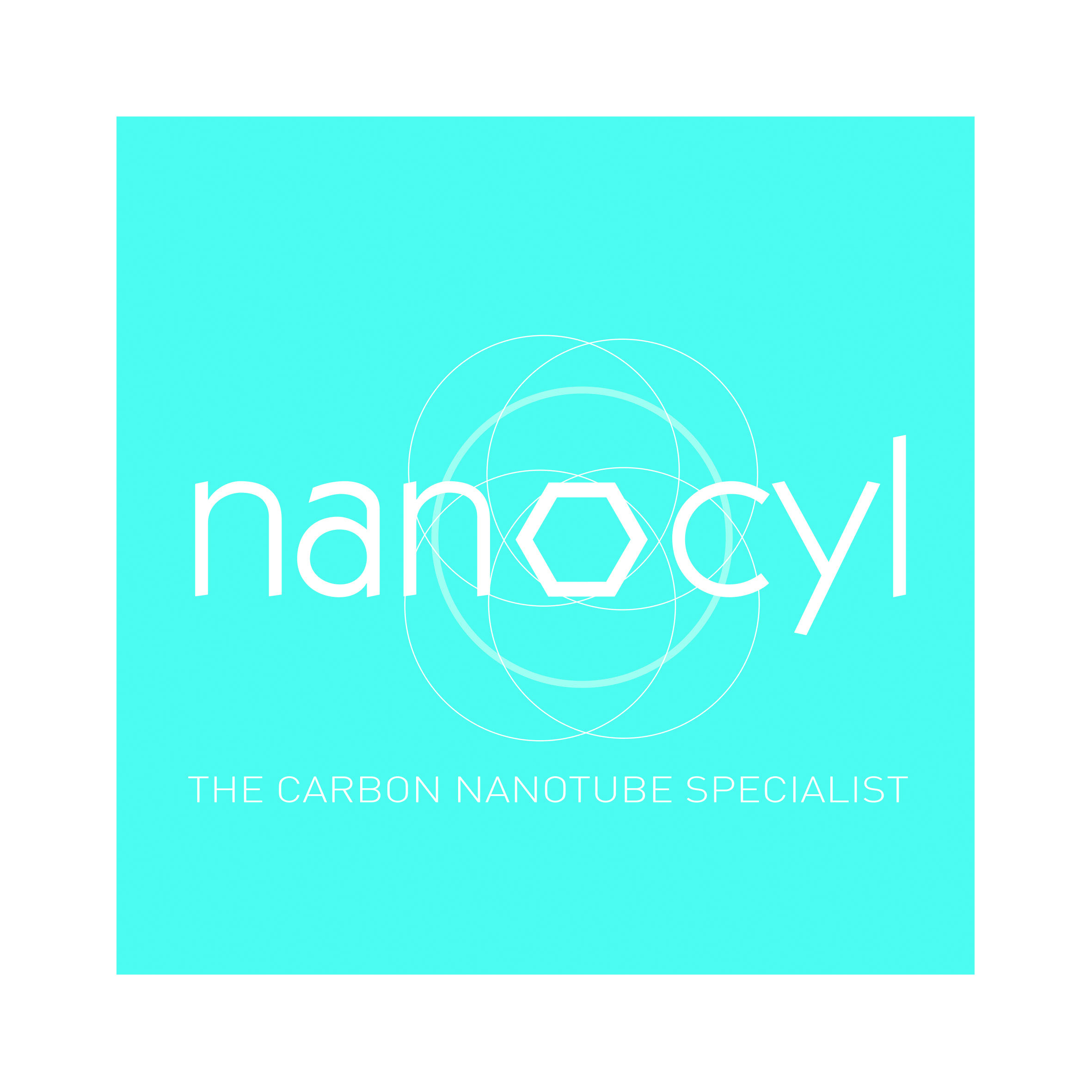
Printable monolithics SCs based on PANI/Carbon
Current energy harvesting and storage technologies often exhibit inefficiencies. Materials developed in InComEss allow Skeleton to develop improved electrochemical cells, which withstand a wider range of temperatures and are printable for better scaling.
Materials with increased capacitances will be tested for both processability and energy-to-power-ratio. Skeleton will use laboratory cells, up to proof-of-concept cells, designed to closely resemble industrial cells to assess material properties and material processability.
Benefits
Optimized performance and enhanced processability of electrochemical cells used for energy harvesting and storage.
Broadened use of electrochemical cells.
Real-world Applications
If a cell can be produced with greater uniformity, it can also be recycled more effectively, contributing to the development of more environmentally friendly storage technologies.

EHS Powered Wireless sensors
A low-power Fiber Bragg Gratings (FBG) interrogation solution was developed using PIC-based components and low-power electronics. A wireless interface was generated, and an implementation was developed allowing for burst-type measurements with the FBG interrogator.
The operational mode, characterized by low power consumption and the ability to perform burst-type measurements, enables the combination of low-energy-demanding measurement capabilities in applications where electrical power is challenging while measurement frequency is modest (e.g. for temperature monitoring, condition monitoring).
Benefits
Facilitates remote sensing without access to power sources.
The energy harvesting methods developed within the project can be integrated to create remote sensing capabilities.
Real-world Applications
Remote and small-footprint allowable fiber sensing applications
Tank monitoring
Satellite applications
Pipeline monitoring
Mobile remote and miniature applications (UAVs, robotics, composite structures)

CNT/TP based TE composites & production process
Enhancing Seebeck coefficients and power factors by adding PolyEthylene Glycol (PEG) into the n-type material. PEG exhibits a stable negative Seebeck coefficient in PC/CNT composite. NCYL has successfully scaled up the production of both p- and n-type Thermoelectric Generators (TEG).
The addition of PEG to the PC/CNT composite enables the transformation from p-type to n-type materials. There is potential to produce p-type materials at a large scale using an industrial extruder for the one-melt-mixing step (successfully tested at NCYL) while the ongoing research focuses on simplifying the production of n-type materials.
Benefits
Reduced overall processing costs of TEG production through the one-melt-mixing step.
Increased recyclability ratio of TEG in EHS
Real-world Application
NCYL successfully produces compounds consisting of Polycarbonate (PC), Carbon Nanotubes (CNTs) and PEG through a one-melt-mixing step using a pilot extruder (semi-industrial scale). Products of p- and n-type responses, meet the requirements for implementation in Thermoelectric Generators.
